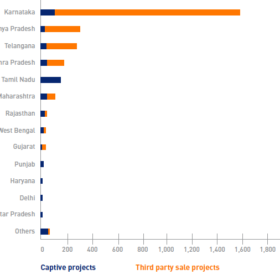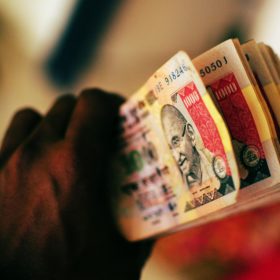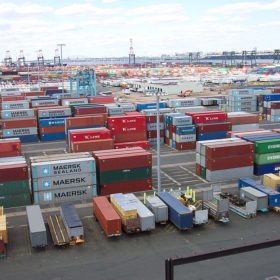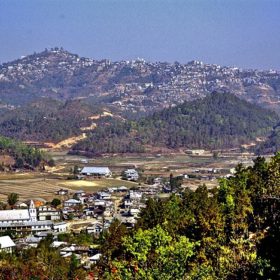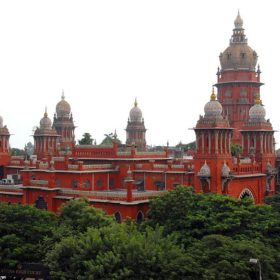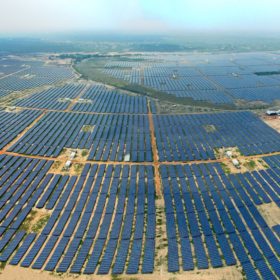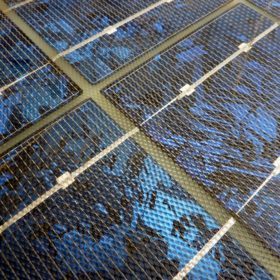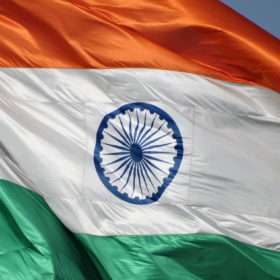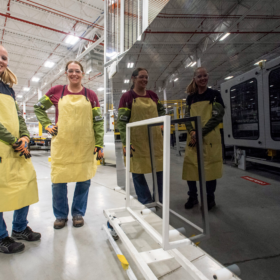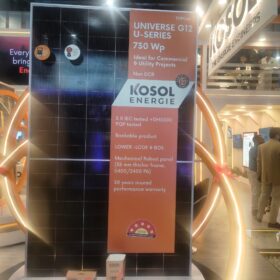SECI issues 250 MW tender for Maharashtra solar park
Bidders can apply for the whole capacity or 50 MW sections, and the maximum payable tariff for the energy generated cannot exceed Rs2.93/kWh. The electricity generated will be sold to the state power company.
Uttar Pradesh, Haryana will lead open access solar by 2022
States such as Karnataka and Madhya Pradesh, which previously took the lead in terms of installed solar capacity, are likely to take a back seat on this issue, due to the rollback of incentives.
Will the falling rupee scupper India’s solar dream?
The currency is reaching new lows. As concerns about Turkey’s economic woes persisted last week, the rupee hit a record low of 70.32 to the dollar, having breached the historic 70 mark earlier in the week.
Almost 60 GW of new solar by 2023
A combination of national, state and public body commitments could see the amount of PV added nationally treble on the last four-year period. But even with a new 7-8 GW added, rooftop solar will still be bringing up the rear.
Solar Imports: India defers safeguard duty, provides relief to ongoing projects
Even though postponing the duty on solar cell imports from China and Malaysia is not a long-term resolution, it will offer relief to developers with ongoing PV projects, especially for those with shipments in transit or which arrived after 30 July.
Sungevity pursues plans to build 100 MW site in Mizoram
The solar company has handed in detailed project reports for a planned 100 MW PV plant in Mizoram. The state introduced an incentive scheme last year, and held an investors summit in April of this year. According to company information, the project arose from the summit held in April.
Court clears solar imports from customs without paying safeguard duty
As per the court order, Shapoorji Pallonji can retrieve its solar PV panel consignment at Chennai port, which has been cleared by customs, provided it pays the safeguard duty in case the related notification is upheld.
PV demand, changing auctions and price declines – GTM lays out its latest predictions
An uptick in global PV demand will occur in 2020, with China’s 30.5 policy directly affecting 2018’s results by around 18%, says GTM Research. Rapidly falling module prices will benefit predominantly Asian markets, where modules comprise the lion’s share of capex, although regions like Europe will see increased installations. Laying out 10 PV predictions, it anticipates, among others, intensified competition, lower bid prices, more technology neutral auctions and an increasing amount of subsidy free solar.
Safeguard duty fallout: NTPC and MPUVNL delay solar auctions
Responding to developer requests, the state-run NTPC has deferred a 2 GW solar auction by a week, to Tuesday. Madhya Pradesh Urja Vikas Nigam Ltd is another state-owned corporation that has extended its bid submission deadline – for 33 MWp of rooftop solar – from August 9 to August 17, after similar requests.
Few winners as India imposes 25% safeguard duty, says IHS Markit
The tariff means PV projects will pause as developers adjust procurement strategies and new tenders risk delays or cancellation. The two-year limit on the duty will not be long enough to prompt more cell manufacturing capacity and as for imports, there are doubts over how the origin of cells will be adjudicated so that Chinese and Malaysian cells are subject to the charge, say analysts.

